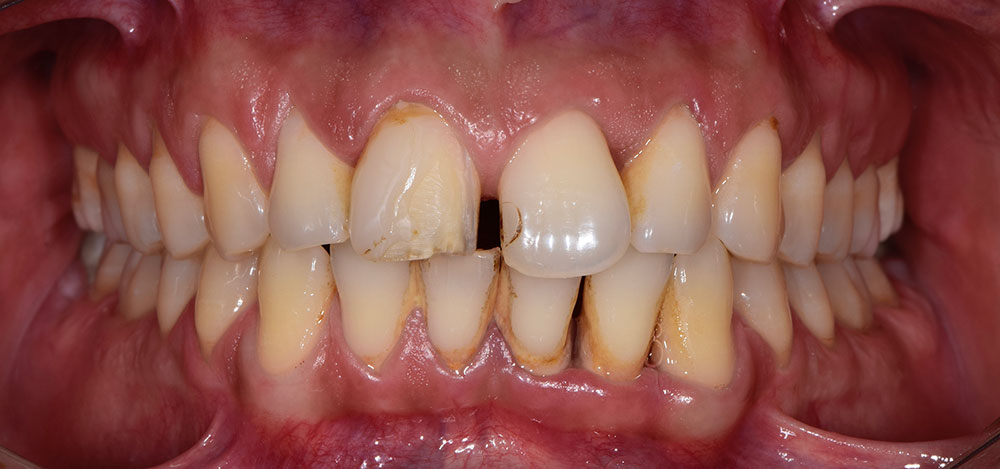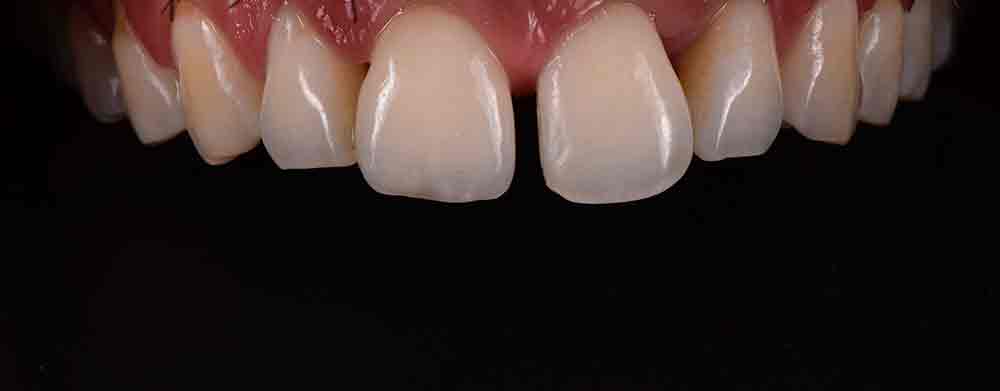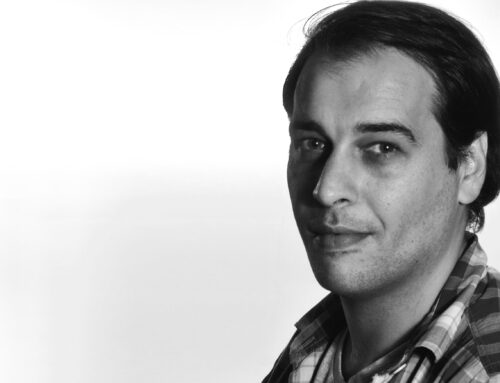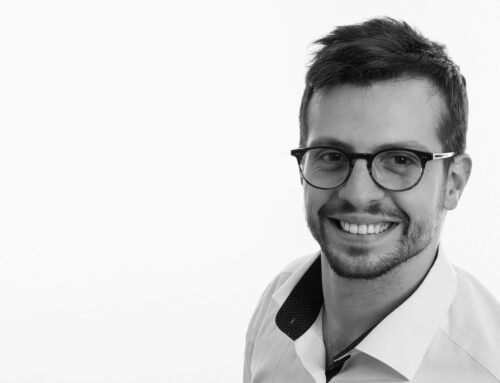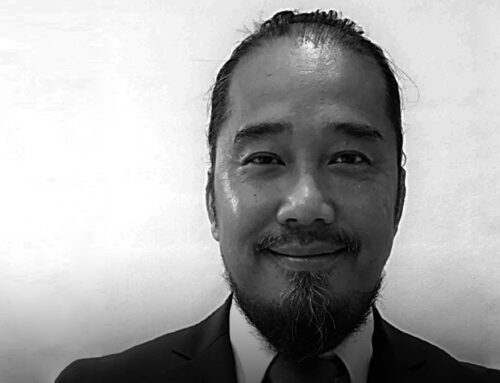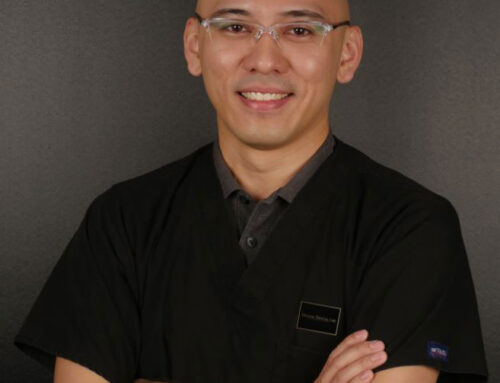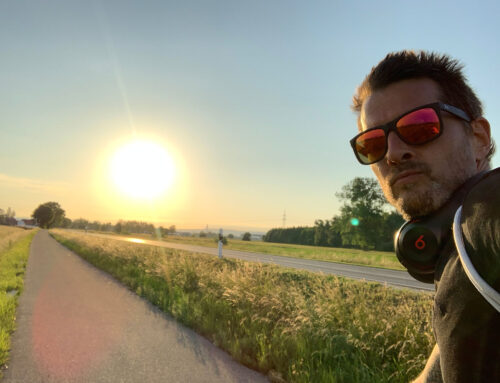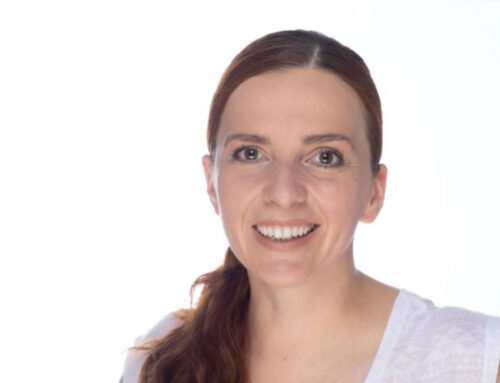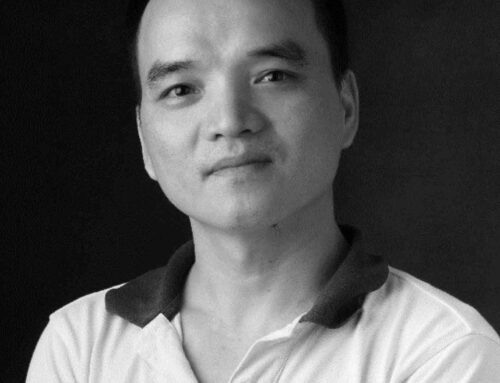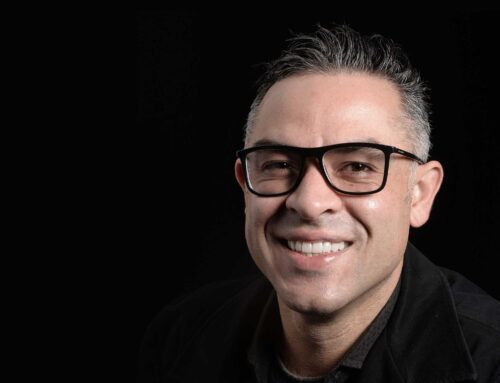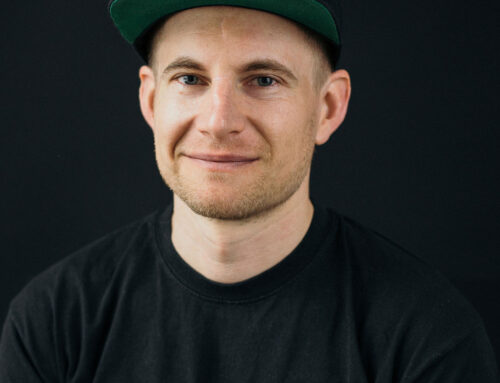My name is Lefteris Stavrou and together with my brother I run a dental laboratory in Athens, Greece. The reason I decided to become a dental technician was because my father was a dental technician and ran a laboratory. Already as a child I was in contact there with the everyday laboratory life and the materials and learned through play what it means to be a dental technician.
After finishing school I decided to follow in my father’s footsteps and to learn the profession of a dental technician. After studying four years at the University of Applied Science (Dental Technology) in Athens, I finally graduated as a dental technician. After my training I did my military service and then visited a friend in New York. Out of curiosity and because of continuing interest in dental technology, I visited a dental laboratory there to see how the US American laboratories are working. There I heard about the New York University College of Dentistry (master class for aesthetics and ceramics) and enrolled for a one-year course. After my graduation I returned to Greece and took over my father’s laboratory together with my brother.
But my thirst for knowledge was far from being satisfied. I knew that I had to learn from the “best of the best” if I wanted to become a really good dental technician. I attended the Oral Design Symposium 2011 in London, took part in many advanced training courses within Europe and in the “Creation Willi Geller Expert Days”. As part of the “Expert Days” we visited Mr. Geller in his laboratory in Zurich and I took the opportunity to stay in contact with him and exchange ideas with him from time to time. I constantly try to improve and develop my skills to be able to offer the best possible dental prosthesis for my dentists and patients. In addition, I test a lot of new products the dental industry brings to the market to benefit from the innovations in my laboratory. What is very surprising is the fact that the quality of Creation ceramics has never been matched by the many new ceramics having come onto the market over the years. My father already used Creation metal-ceramics in 1992 and I still use them. Even after more than 28 years, Creation ceramics are still the qualitatively best and most reliable ones on the market and provide the most aesthetic results thanks to the Geller layering concept.
“For me Creation is the Mercedes among the dental brands.”
What does success mean to you?
According to my opinion, real success for a dental technician is to create aesthetic and functional restorations, while at the same time seeing the satisfaction in patients’ smiles.
What is your inspiration and motivation? What drives you forward?
As dental technician you should be a dreamer, have imagination and be motivated by art. I’m inspired by art and I transfer my observations to my profession. I love the dental technician’s handcraft in combination with general dental knowledge, the knowledge of the materials and the use of innovative technologies. If the end result is a denture that is indistinguishable from natural teeth, then I am satisfied. This success is my greatest motivation.
How did you become the person you are today?
As a dental technician I believe that I owe my professionalism mostly to hard work, the everyday advanced training via seminars and studying literature. And my constant contact and exchange with experts in dental technology mustn’t be underestimated.
What was your best or most difficult patient case?
It’s my objective to make the best possible out of every patient case. With passion I try to use all my skills and give the best for the patient. That is my motto and my motivation!
One of the most challenging cases was the treatment of a young man who had damages in the visible are of the teeth after an accident. I used refractory dies to make feldspathic veneers with ZI-CT. The main problem in that case was the minimal space I had. In some areas, the thickness of the veneer was close to 0.2 mm. I used mostly transparent powders as I wanted to take into account the layering of the natural tooth and imitate it in the best possible way.
Which recommendation would you give young dental technicians on their way?
To be successful, young dental technicians must receive fundamental training in basic dental technology. That means that they have to know very well the craniofacial morphology and anatomy. In addition, it is very important to know very well the properties of the materials used and their processing. I combine the new technologies (CAD/CAM) with the traditional craftsmanship of the dental technician. Using the CAD/CAM technology is a supporting technique to ensure constant quality such as adherence of minimum wall thicknesses or connector cross-sections and to increase the efficiency in the creation of frameworks. However, the quality of CAD/CAM-fabricated restorations depends on how well the user operates this system and what know-how he has. And by that, I mean form, function and aesthetic aspects.
Is there anything else you want to tell us? A piece of advice, an aid to orientation or an experience?
As Mr Willi Geller once told me: “The most important thing in our profession is to be as minimal as possible. That is the key to success!”
Share this Story!
RELATED STORIES

CREATION VC
Veneering Composite
Due to its high filler content, composite is a material that can bear comparison with dental ceramic with regard to durability and aesthetic performance; in some respects, for example the opalescence, it is even far superior.
Creation VC impresses with its outstanding aesthetics, its functionality and with its versatile, flexible use.
Similar to the Creation porcelains, VC offers very opaque, colour intensive dentines and opaque dentines which can be combined with the various enamel, effect and transpa materials to achieve natural looking veneers even with thin layers. And as Creation VC is available in the variants Paste and Flow, it offers a huge playground of processing techniques.
